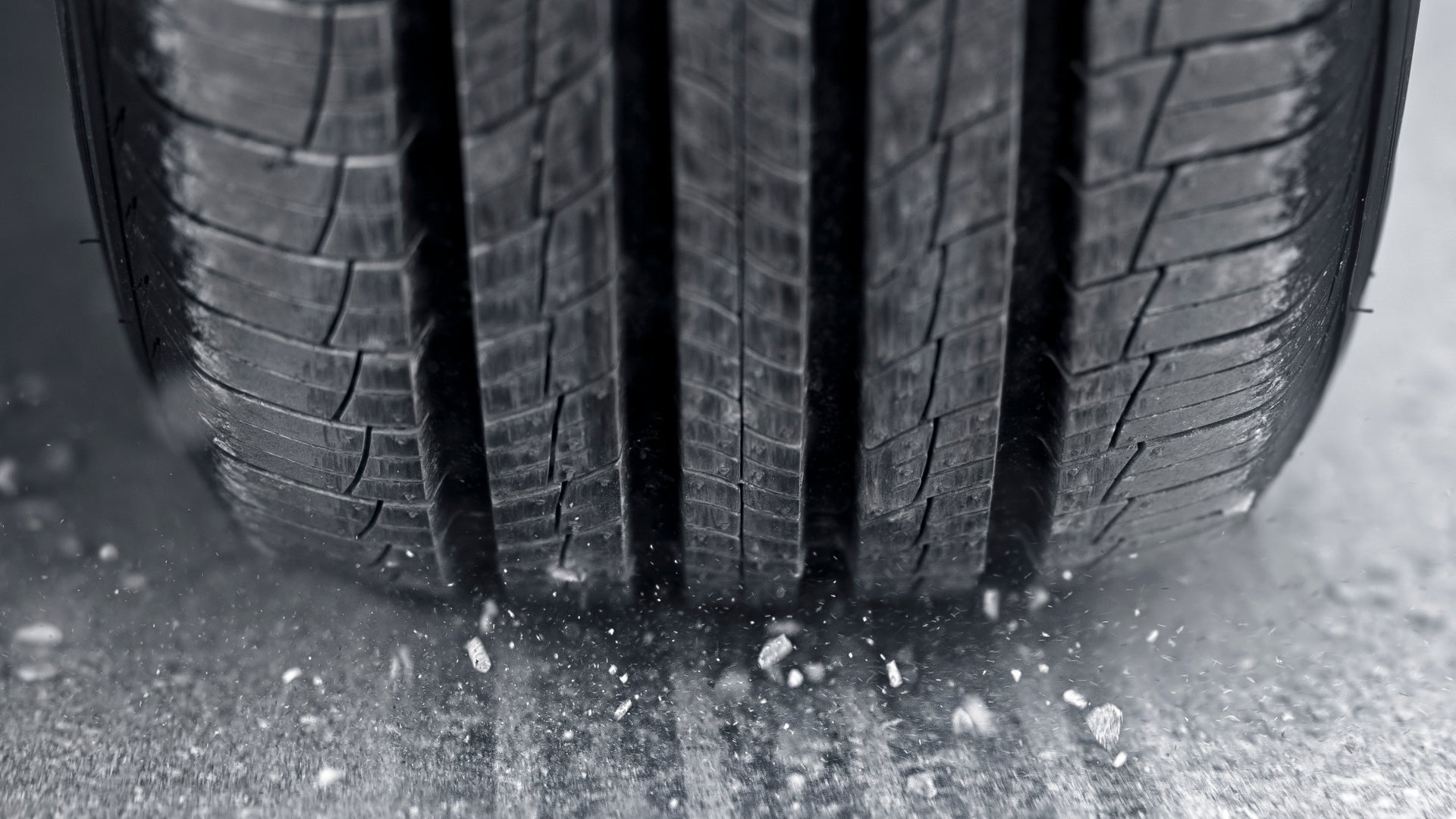- cross-posted to:
- fuckcars@lemmy.ca
- cross-posted to:
- fuckcars@lemmy.ca
“Small price to pay for the freedom to travel”
-An actual thing that’s been said to me before when I brought up other environmental issues
Nothing says “freedom” like a tool that costs tens of thousands to buy and thousands every year to maintain and use.
It’s interesting to me that as soon as EV’s are finally seriously becoming a thing, we are told that tire dust, rather than ICE emissions, are really the worst thing possible for the planet (and it’s somehow implied that ICE vehicles don’t have tires). When somebody points out that ICE vehicles do, in fact, have tires too, EV’s are STILL worse because EV’s are heavier than the equivalent ICE cars. Strangely, the fact that for years, people have been driving ludicrously overweight vehicles (the Ford F150, weighing in at 4,070 to 5,757 lbs, is the top selling passenger vehicle in the US, and last I checked, it had tires) was never an issue.
It’s almost like people are incapable of comprehending that all types of pollution are important, not just one or the other. Exhaust emissions are bad. Tyre pollution is also bad. Reducing one is a good step. Reducing both would be even better.
Can we just get some real public transportation options in the USA? I’ve visited Washington D.C., Boston, and New York City recently, and I’m in love with the subway (etc). Where I live would still require a car, but afaik, none of the major cities around me have anything more than a lackluster bus system.
Trains.
Man, that would have been great 20 years ago.
If not now, when?
The use of tires will be a daunting thing to change. If somehow we all managed to change to bicycles for instance, there are still tires.
As per the quote below, a car loses about 0.08g of tread per km.
Compared to a car, a bike tyre is about the same diameter, 10% of the width (~20mm), 28% usable tread depth (~2mm), has 50% less wheels, and can travel 10% the distance (~10000km).
This suggests a (very approximate) tread loss of 0.08 * 10% * 28% * 50% / 10% = ~ 0.01g per km for bicycles.
For replacing longer car journeys less typically travelled by bicycle, rail transport is the best solution and removes the issue of tyre wear.
Quoting [deleted] in r/theydidthemath:
Using the same assumptions as above (215/60R16 tires, 7mm of tread loss over 100,000 km), I estimate the loss of tread by volume from each tire as follows:
Cylinder with a diameter of 664 mm and a height of 215 mm has a volume of 74,412 cm3. Cylinder with a diameter of 664-(2x7)=650 mm and a height of 215 mm has a volume of 71,307 cm3. The volume difference between a new and worn out tire is 3105 cm3.
Typical land to sea ratio of tires is 60-70% land, depending on the type of tire. If we go with an about average value of close to 65% tread, we get the lost rubber volume of about 2000 cm3 or 2,000,000 mm3 over a single tires lifespan.
Each revolution of a tire loses about 0,04 mm3 of tread, which, according to Wolfram Alpha, is a bit less than the volume of a medium grain of sand.
If we look at the entire car with 4 tires over a kilometer of road, we get 80 mm3 or about 0,08 grams of tread lost per car per kilometer.
Your model fails to account for weight of the tyres, which has a big impact. I can’t figure out what that ratio is though.






